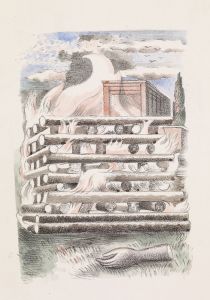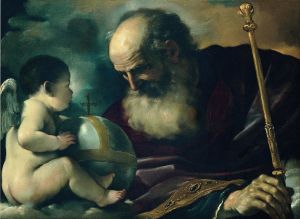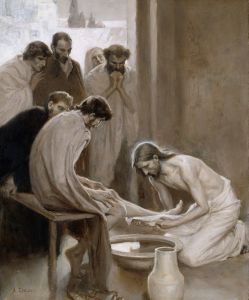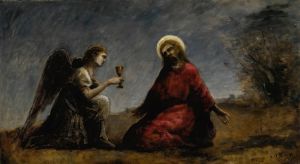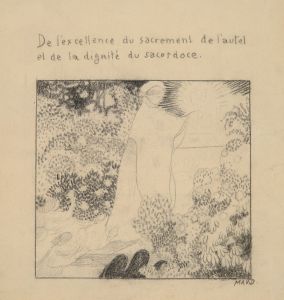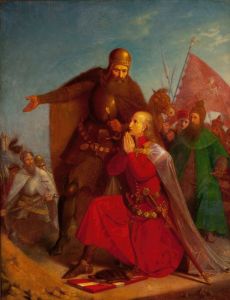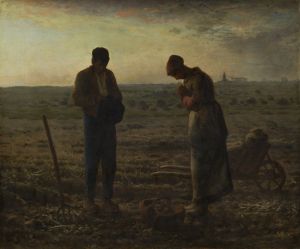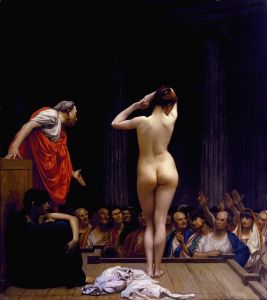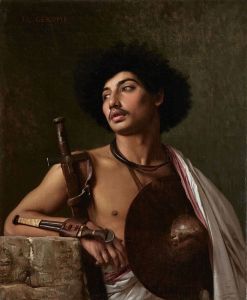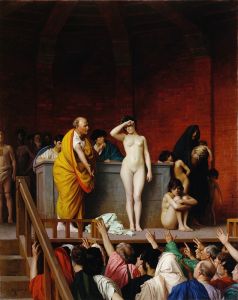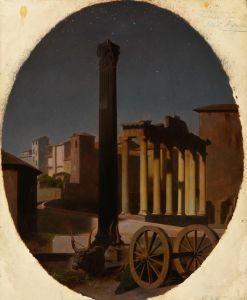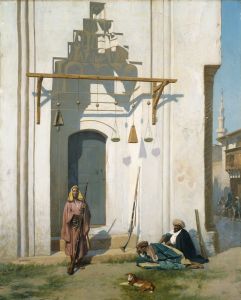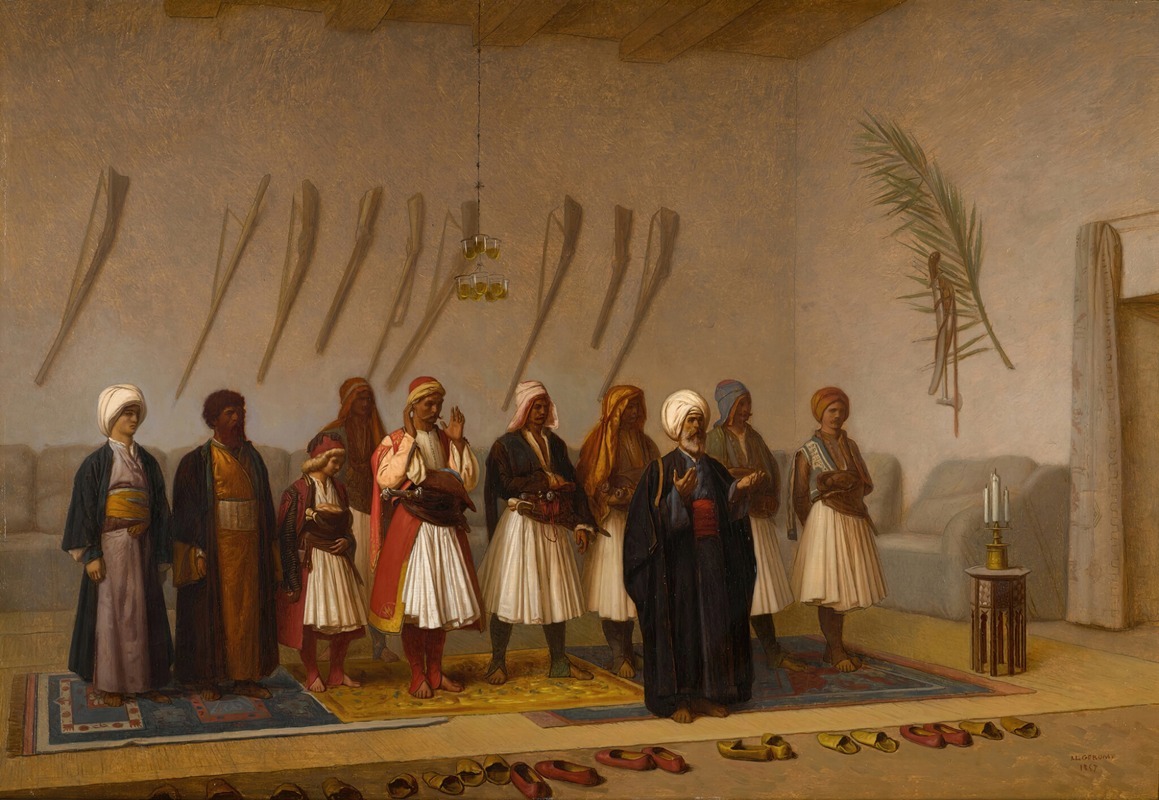
Prayer in the House of the Arnaut Chief
A hand-painted replica of Jean-Léon Gérôme’s masterpiece Prayer in the House of the Arnaut Chief, meticulously crafted by professional artists to capture the true essence of the original. Each piece is created with museum-quality canvas and rare mineral pigments, carefully painted by experienced artists with delicate brushstrokes and rich, layered colors to perfectly recreate the texture of the original artwork. Unlike machine-printed reproductions, this hand-painted version brings the painting to life, infused with the artist’s emotions and skill in every stroke. Whether for personal collection or home decoration, it instantly elevates the artistic atmosphere of any space.
"Prayer in the House of the Arnaut Chief" is a painting by the renowned French artist Jean-Léon Gérôme, completed in 1857. Gérôme was a prominent figure in the 19th-century academic art scene, known for his meticulous attention to detail and his ability to capture the essence of different cultures through his works. This painting is a testament to his interest in Orientalism, a genre that depicted the Middle East, North Africa, and other regions through a Western lens.
The painting portrays a scene set in the home of an Arnaut chief, a term historically used to describe Albanian soldiers in the Ottoman Empire. Gérôme's work is characterized by its precise rendering of architectural details and the rich textures of the clothing worn by the figures in the scene. The painting captures a moment of prayer, with several figures engaged in Islamic worship. The composition reflects Gérôme's interest in the rituals and daily life of the people he depicted, offering a glimpse into a world that was both foreign and fascinating to his European audience.
Gérôme's fascination with the East was part of a broader trend among Western artists and intellectuals during the 19th century, known as Orientalism. This movement often romanticized and exoticized Eastern cultures, sometimes leading to stereotypical or inaccurate portrayals. However, Gérôme was praised for his ability to depict these scenes with a level of authenticity and respect that was not always present in the works of his contemporaries.
The painting is notable for its use of light and shadow, which Gérôme employed to create a sense of depth and realism. The figures are arranged in a way that draws the viewer's eye across the canvas, inviting them to explore the details of the scene. The artist's skillful use of color and texture adds to the overall impact of the painting, making it a striking example of Gérôme's work.
"Prayer in the House of the Arnaut Chief" reflects Gérôme's broader artistic goals, which included a desire to educate his audience about different cultures and to challenge their perceptions of the world beyond Europe. His travels to the Middle East and North Africa provided him with firsthand experiences that informed his art, allowing him to create works that were both visually stunning and culturally insightful.
Today, Gérôme's paintings are appreciated for their technical excellence and their role in the history of art. While the Orientalist perspective has been critiqued for its colonial undertones, Gérôme's work continues to be studied and admired for its artistic merit and its contribution to the understanding of 19th-century cultural exchanges.
"Prayer in the House of the Arnaut Chief" remains an important piece in Gérôme's oeuvre, exemplifying his ability to blend artistic skill with cultural exploration. It serves as a window into the past, offering viewers a chance to reflect on the complexities of cultural representation and the enduring power of art to bridge worlds.





